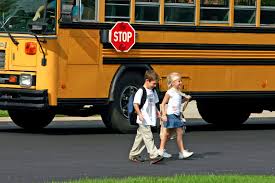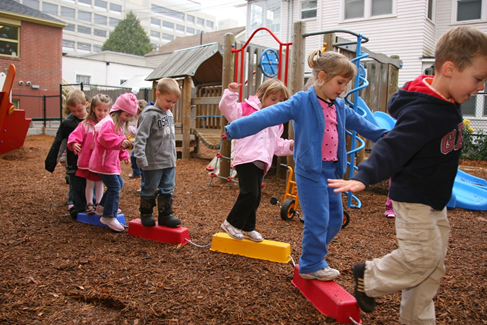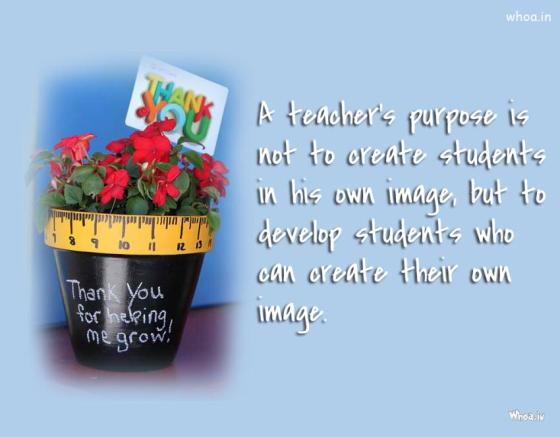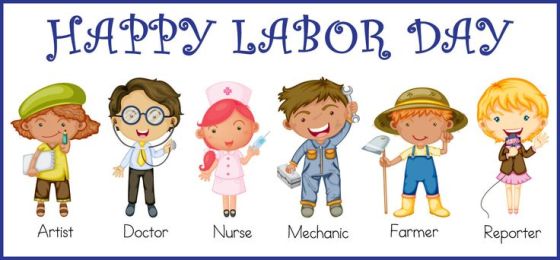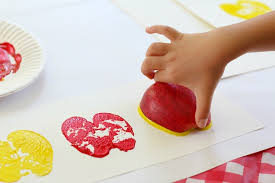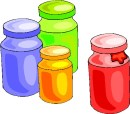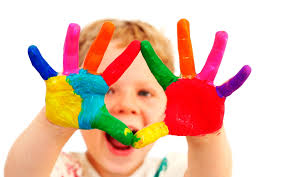Celebrate the independence of our country while encouraging the same with children. With fresh fruit being plentiful this time of the year, it is a great time to create some colorful holiday snacks.
American Spirit
Ingredients
- Graham Crackers
- Cream Cheese
- Blueberries
- Strawberries, cut into smaller pieces
Spread the cream cheese over the graham cracker to make the flag background. Cluster several blueberries in the upper corner of the cracker to form a rectangle shape. Make rows with the strawberry pieces to form the red stripes. Space the red rows apart, leaving a white row between each. Red, white, and blue a way to celebrate America and 4th of July.
Patriotic Pattern Sticks
Ingredients
- Long Toothpicks, (hors d’oeuvre)
- Strawberry Chunks or Watermelon
- Blueberries or Purple Grapes
- Banana Slices
Have children slide fruit on the toothpicks in a specific sequence, such as one red strawberry, two white bananas, and one blueberry or grape. You can do any sequence or numbers. Note: Depending on the age group, you can use pretzel sticks with the bananas, strawberries or try other fruits.
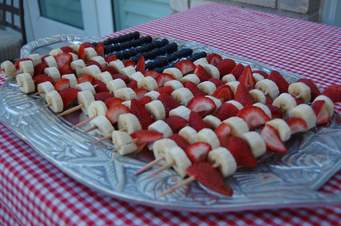
4th of July – Patriotic Refreshments
Serve red, white and blue snacks to the children for added fun. Make pinwheel sandwiches with grape and strawberry jelly or jam.
- Cut the edges from the bread and flatten the bread slightly with a rolling pin.
- Spread the filling and carefully form each slice into a roll.
- Cut the roll into bite sized pieces.
Serve red punch with frozen blueberries. Also, you can place one or two berries in each section of an ice tray. Freeze and serve with the punch. Use star-shaped gelatin molds with red or blue flavored gelatin, top with whipped cream.
Use your favorite muffin mix and fold in fresh blueberries and chopped strawberries. Bake according to directions. Use mini muffin tins. Serve muffins with a flag decoration.
These are just a few ideas to get you started. So celebrate July 4th with some fun and colorful snacks.

